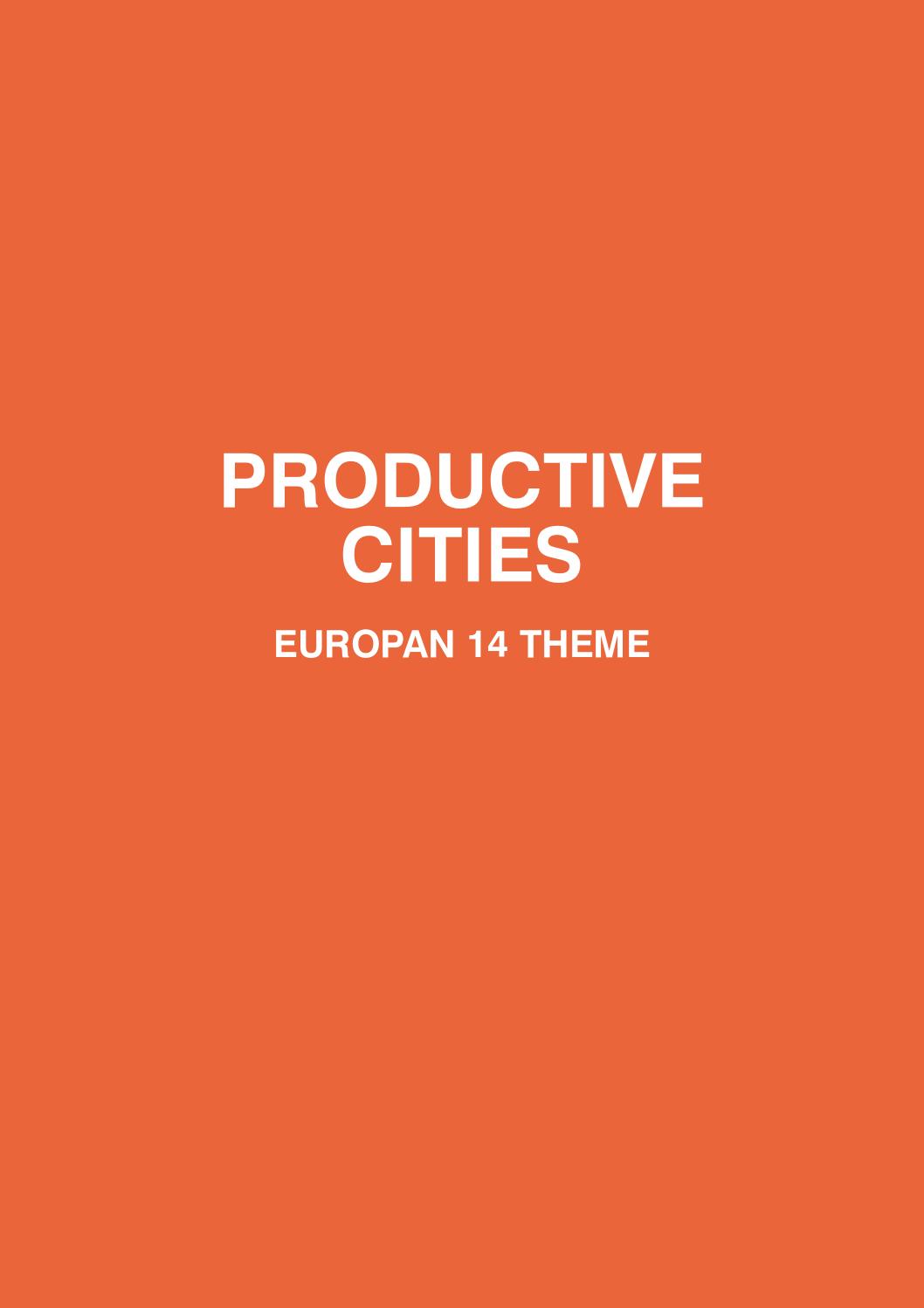Structure of the juries
The jury’s decisions are final in compliance with the Europan rules. Before beginning to work the jury receives recommendations from the European Association.
The jury meets in 2 separate sessions at different times:
First round – At the beginning of this session, the jury appoints one of its members as chairman and agrees on its working method. Sites representatives can be integrated to this jury level and, in some countries, may participate to the selection of the shortlisted projects.
The jury then studies the projects that do not comply with the rules and decide whether or not to disqualify them.
It later on assesses the projects on their conceptual content and the degree of innovation according to the Europan 14 topic and shortlists a maximum of 10 to 20% of the submitted projects.
Second round – During the second round, the jury examines –on its own and independently– the shortlisted projects and points out the Winners, Runners-Up and Special Mentions. The jury can assess the projects on basis of: the relationship between concept and site; the relevance to the questions raised by the topic and in particular to the issues of sustainable development and adaptability; the relevance of their programme to the general brief for their specific site; the potential for integration into a complex urban process; the innovative nature of the proposed public spaces; the consideration given to the connection between different functions; the architectural and technical qualities.
The jury finally writes a report giving the reasons for the choice made in relation to the requirements of the competition and the concerned sites.
Each country budget includes the equivalent of a Winner and a Runner-Up prize per site. Still, each entry is judged on its sole merits and the winning teams are not chosen on basis of an equal distribution between sites – the jury can therefore distribute prizes among entries up to its will or decide not to award all the prizes. In this case, the reasons shall be made public.
The jury may single out projects for Special Mention. These projects are recognised by the jury as presenting innovative ideas or insights, yet not sufficiently suitable for the site. The authors of such projects do not receive any reward.
If disqualified after validation of participation a prize-winning project may be replaced by another project if the quality is satisfactory.
JURY MEMBERS:
Jana REVEDIN (AT)
Dr. in Architecture, researcher, teacher, Responsible for the Global Award for Sustainable Architecture
Myrto VITART (FR)
Architect, Jean-Marc Ibos & Myrto Vitart, Grand prix national de l’architecture 2016
Mathieu GONTIER (FR)
Landscaper, Wagon Landscaping, Winner of AJAP 2016, teacher at ENSP Versailles and Marseille, Honourable Mention E11 in Neuilly-sur-Marne (FR)
Paola VIGANO (IT)
Architect, urban planner (Secchi-Vigano), teacher of urban planning and urban design at the Instituto Universitario di Architettura di Venezia (IT) and the EPFL in Lausanne (CH), Membre –together with Bernardo Secchi– of the AIGP Scientific Council (2012-2016), Grand prix de l’urbanisme 2013
Lorena DEL RIO (ES)
Architect, RICA STUDIO*, Professor at CCA – California College of the Arts in San Francisco and Cornell AAP, Co-Director of the research laboratory BuilLab, Runner-up E12 in Wien-Kagran (AT)
PUBLIC FIGURE
Elisabeth PELEGRIN-GENEL (FR)
Architect and urban planner, occupational psychologist, Consultant on issues of space, work and organisation
SUBSTITUTES
Franck HOUNDEGLA (FR)
Designer specialised in scenography, museography, environment design, valorisation of public spaces and heritage sites, Design teacher at the Ecole d’Enseignement Supérieur d’Art de Bordeaux
Agnès VINCE (FR)
Director of Architecture, General Direction of Heritage, French Ministery of culture and Communication
Laurent GIROMETTI (FR)
Directeur de l’habitat, de l’urbanisme et des paysages (DHUP)- DGALN – Ministère de l’Environnement de l’Energie et de la Mer, Ministère du Logement et de l’Habitat durable
